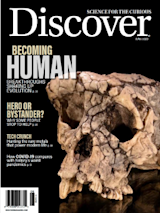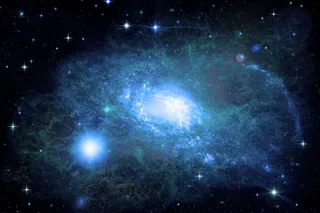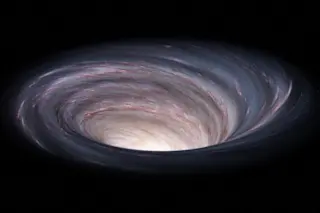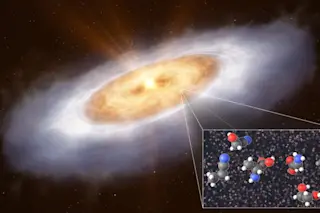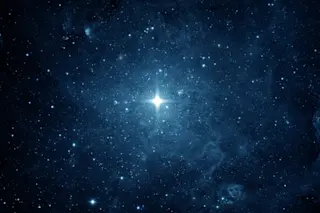This article appeared in the June 2020 issue of Discover magazine as "Welcome to the Neighborhood." Subscribe for more stories like these.
A century ago, most astronomers believed our galaxy was the whole universe. That changed abruptly in 1923, when American astronomer Edwin Hubble discovered Cepheid variable stars in the large “spiral nebula” in the constellation Andromeda. Because the periods of these stars correlate with their luminosities, Hubble could deduce their distances. He concluded that the stars — and the spiral nebula to which they belong — must lie far beyond the Milky Way.
That spiral galaxy, now known as the Andromeda Galaxy (M31), shares many characteristics with our own. Both are barred spiral galaxies with hundreds of billions of stars and disks that span more than 100,000 light-years. And even though astronomers long thought M31 outweighed the Milky Way by two or three times, recent studies hint that the ...



